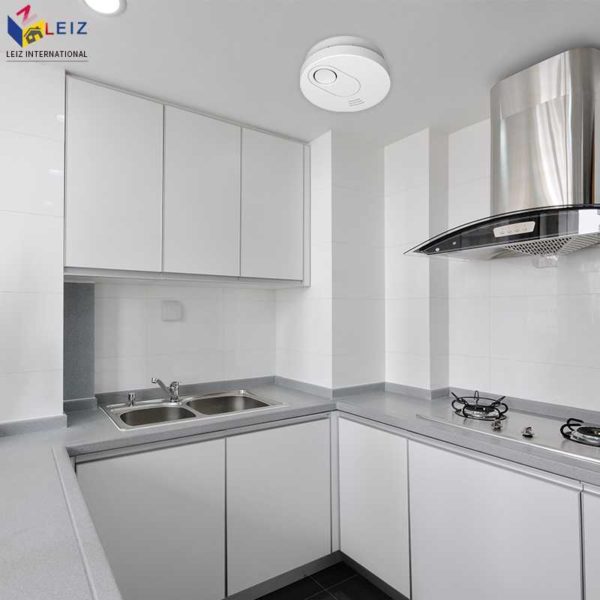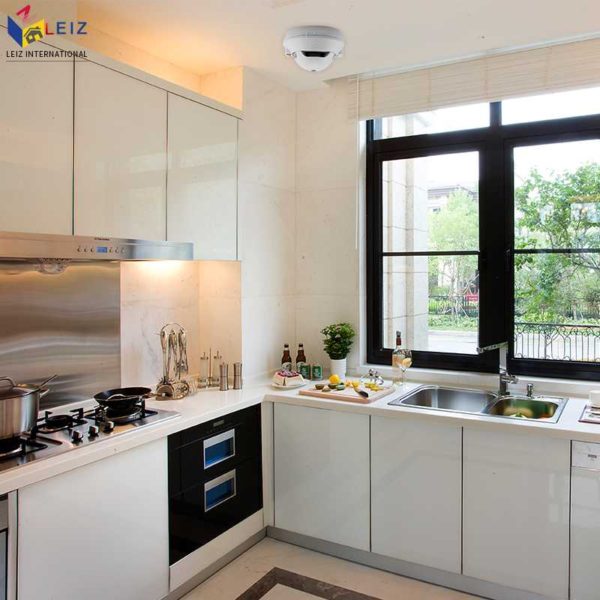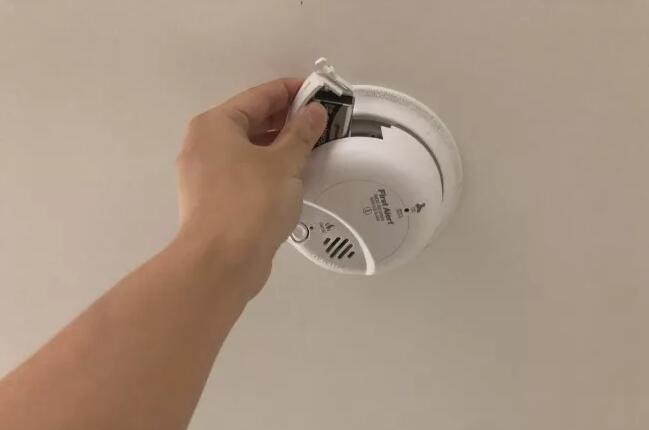With 3,000 fire-related deaths a year across the United States and nearly 90 percent of tragedies caused by smoke alarms that are not installed in the home or that are installed but do not function, Leiz International is reminding everyone not to forget to replace the batteries in your smoke alarms, which need to be replaced twice a year.
A survey by the National Fire Protection Association found that nearly two-thirds of the nation’s home fire deaths occurred in homes that did not have smoke alarms installed.
At least one Smoke alarm should be present in any housing, including your own home, rented accommodation, re-located houses, caravans, campervans, or any other dwelling where people can sleep.
Statistics show that without a working Smoke co detector, you are up to twice as likely to die in a house fire; you have less than two minutes to get out of the house once a fire starts; there are over 4,000 house fires in NSW every year; and on average, a house fire occurs every two hours.
Research shows that a significant proportion of smoke alarms do not work due to dead or missing batteries, which is a potential safety hazard.
FAQ about Best smoke alarms
What is the difference between the old ionizing smoke alarms and photoelectric smoke alarms?
Whereas ionosensory smoke alarms ‘feel’ smoke, photoelectric smoke alarms ‘see’ smoke particles, using newer technology, have fewer false alarms and are more reliable. They are more effective at detecting undetectable smokeless combustion and are not as prone to false alarms as ionic smoke alarms when cooking or showering. Sometimes people find it troublesome to stop the alarm.
How do I choose a photoelectric smoke detector?
Residents are always advised to see that smoke alarms are clearly labeled ‘photoelectric’ on the packaging. That ionizing smoke alarms have a yellow sticker warning of radioactivity, while photoelectric smoke alarms do not.
Residents are also advised to use a 10-year lithium battery, rather than the regular 9-volt battery replaced at least once a year. Lithium batteries have the same lifespan as photoelectric smoke alarms, so they only need to be replaced every ten years.

How do I determine my life expectancy?
To assist in determining the age of a smoke alarm, the AS3786 standard makes a requirement for a serial or batch number; for example, 2406 may mean that the product was manufactured in the 24th week of 2006; some manufacturers mark the date of manufacture on the alarm, others keep the date of expiry, and the product batch number is usually on the base, near the battery housing. If you have just had a new ionizing smoke alarm, you can keep it, but NSW Fire and Rescue recommends installing a separate photoelectric smoke alarm.
Where smoke detector are used and how they are commonly installed?
Bedrooms, corridors, and lounges should have a higher level of fire protection, and multi-story rooms should have alarms on each floor, preferably on the roof of the kitchen and lounge room, where they can be heard clearly. A common mistake is to install alarms close to kitchens and bathrooms, but it is recommended to install them near bedrooms and access routes.
How do I make sure my Smoke and carbon monoxide alarm are working correctly?
Leiz International recommends that residents have their smoke alarms checked at regular intervals.
Monthly: Smoke alarms should be tested monthly; press the ‘test’ button to ensure the battery is charged and the alarm is working correctly.
Smoke alarms should be cleaned with a hoover to remove soot and particles to prevent them from not working correctly every six months.
Annually: If the smoke alarm uses standard 9 volts (lead or alkaline) batteries, the batteries should be changed every year. A right way of remembering to charge the battery is to do it every daylight saving time to set the clock. If it is a lithium battery built into the alarm and cannot be replaced, it should be replaced every 10 years in conjunction with the alarm.

Every 10 years: Every alarm should be replaced at least every 10 years, irrespective of the type of notice, as the sensitivity of the alarm decreases with the passage of time.
Also, modern technology has made fast-burning stoves increasingly popular in furniture, which means that a fatal fire can burn entirely in as little as three minutes, compared to 20 minutes in the 1970s. New technology in photoelectric smoke alarms makes them more sensitive, especially to modern cooking appliances.
Therefore the incomplete statistics are.
Reset Reset button
Depending on the model, some smoke alarms have a restart button. When the reset button is pressed, the alarm will be reset again and, with any luck, the alarm will shut up.
Open windows for ventilation
Suppose you have an open-plan kitchen and have windows that open directly onto the outdoors. Don’t hesitate to open the window. Let the air circulate and take the smoke or water mist away.
*It is best not to open doors that face closed corridors. If this is not done correctly, it is possible that the whole building will rattle.
Fan the wind furiously
This technique is even more effective than the method used upstairs. Just take a reliable towel or magazine that can blow air out and fan it against the smoke alarm to ensure that the air around the notice is OK.

*For less severe cases.
Remove and replace the batteries.
If you are in a situation where I have to remove the battery, put the battery back in. Different models react differently to battery removal. You can try it, but it is not recommended.
If the battery is dead, then change it.
Find a property
The property people are the most reliable. Of course, it depends on the property’s level when you are relieved from the zipper wow.
So, again, a word of caution, don’t dismantle your smoke alarms. A word to the wise about the coverings on smoke alarms, please use them scientifically.
Everything is still done from the point of view of safety for everyone, and when the fire alarm goes off, first check whether there is a fire or not, and then deal with the situation accordingly.








